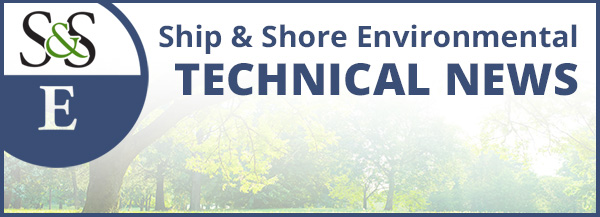
NFPA Regulations and Thermal Oxidizers
July 28, 2018 8:00 pmNFPA Regulations and Thermal Oxidizers
National Fire Protection Association (NFPA) regulations play a role in industry air pollution control projects and will continue to be a driver for End Users and environmental consulting engineers that design and install air pollution control (APC) equipment. NFPA develops consensus standards to guide industries in their equipment selection and design where national codes related to fire and electrical may have areas open to interpretation. The NFPA guidelines are widely accepted by the end users (corporations, Federal or State government agencies) and their insurers. The top-down insurance liability and obligation can play a role in system design and safe operations.
Oxidizers are widely used and can contain concentrations of combustible volatile organic compounds (VOC) hydrocarbons or mixtures of hydrocarbons containing petroleum and chlorinated hydrocarbon solvents, with concentrations above 25% the Lower Explosive Limit (LEL). Historically, Thermal Recuperative oxidizers have been selected as they can process 50% of the LEL.
The updated NFPA code 91 and 86 implements guidelines for oxidizer installations treating emission streams with concentrations above 25% of the LEL and can be critical to safe oxidizer operations:
- In instances where the VOC levels are above 50% of the LEL, the process stream will need diluted to 50% of the LEL, while continuous monitoring is required by a LEL device (per NFPA). There shall also be sufficient piping/ducting to allow for emergency shut down procedures.
- Process streams below 50% and greater than 25% of the LEL the process stream can be diluted to 25% of the LEL and LEL monitoring may not be required.
Meeting the above codes using a traditional Thermal oxidizer can be challenging while dramatically increasing system capital and long term operational costs. Ship & Shore Environmental oxidizers incorporate NFPA codes as a minimum standard of good practice. Ship & Shore has a diverse number of oxidizer solutions that safely treat applications with initial high VOC loadings.
Categorised in: Social Media

